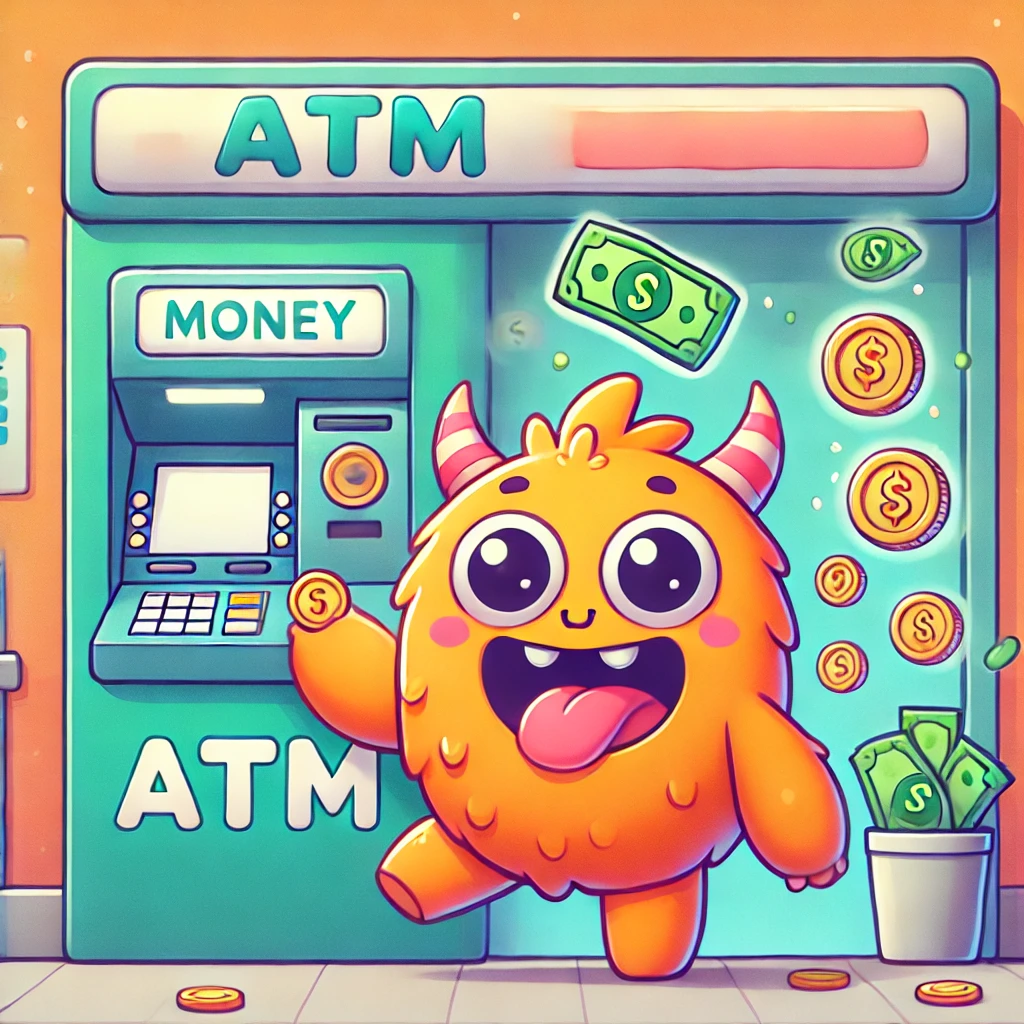
How Often Do ATMs Dispense Incorrect Amounts of Cash?
ATMs are marvels of modern banking technology, ensuring that we can access our money conveniently and reliably. But how reliable are these machines really when it comes to dispensing the correct amount of cash? Let’s delve into the frequency and causes of ATM errors, and what you can do if you encounter one.
The error rate is extremely low, often estimated at fewer than 1 in 10,000 transactions. This figure is supported by the robust technological safeguards and routine maintenance practices employed by banks and ATM operators.
Frequency of Errors
1. Low Error Rate: Thanks to advanced technology and rigorous maintenance procedures, ATMs have a remarkably low error rate. These machines are equipped with multiple sensors that meticulously monitor the dispensing process. They check the weight and thickness of each bill to ensure accuracy. As a result, the vast majority of ATM transactions are error-free. Most users rarely, if ever, experience discrepancies in the amount dispensed.
2. Common Causes of Errors:
- Mechanical Failures: Despite their advanced technology, ATMs can still experience mechanical issues. Common problems include jams in the cash dispensing mechanism or incorrect loading of cash. For instance, if bills are stuck together or misaligned within the machine, it may dispense the wrong amount.
- Human Error: Mistakes during the loading of cash into the ATM can lead to errors. For example, if bills of different denominations are placed in the wrong cassettes, it can result in dispensing incorrect amounts.
3. User Experience: While it’s rare, some users have reported receiving either too little or too much cash from an ATM. These errors are typically resolved quickly. Banks have systems in place to investigate discrepancies and reimburse users if an error is confirmed.
How Often Do Errors Occur?
Quantifying the exact odds of encountering an ATM dispensing error is challenging due to the lack of comprehensive public data. However, industry experts suggest that the error rate is extremely low, often estimated at fewer than 1 in 10,000 transactions. This figure is supported by the robust technological safeguards and routine maintenance practices employed by banks and ATM operators.
What Should You Do If You Encounter an Error?
If you ever find yourself receiving an incorrect amount of cash from an ATM, follow these steps:
- Document the Issue: Take note of the exact time, location, and amount dispensed. If possible, take a photo of the ATM screen displaying the error.
- Contact Your Bank: Immediately report the issue to your bank. Provide them with all the details you documented.
- Follow Up: Banks usually have processes to investigate such claims and reimburse the affected user. Keep track of your claim and follow up if necessary.
Conclusion
While the likelihood of an ATM dispensing an incorrect amount of cash is very low, errors can still occur due to mechanical failures or human error during cash loading. The robust technology and maintenance protocols in place ensure that most transactions are accurate, but if you do encounter an issue, rest assured that banks are equipped to resolve it promptly.
By understanding the causes and knowing what to do in the rare event of an error, you can continue to use ATMs with confidence.



